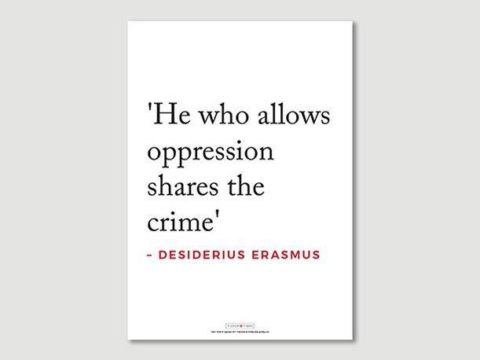Catherine Parr: Henry VIII's Last Love
Dr James has undertaken a vast amount of research and probably wins the title of “scholarly biography" for this work.
There is no factual detail about Queen Katherine that she has not investigated. She has looked into her clothes, her jewels, her books, her clocks and her pets, and we emerge with a very definite feeling for Katherine's tastes and pastimes. James has effectively established the true identity of Katherine's first husband and dispelled the myths of him being an old man, although she perhaps draws stronger conclusions from the evidence on some matters than Porter does.
James clearly admires Katherine hugely and seems to identify with her emotionally – balancing on the point where any further empathy would tip her over into emotional invention. For example, with reference to a letter to Lady Wriothesley, purporting to be one of condolence on the loss of her child,when Katherine's injunctions to the lady to accept God's Will seem hard-hearted, even allowing for the religious views of the age, James defends Katherine's unkindness by referring to the lady's grief as hysterical.
James has also done extremely detailed work in investigating Katherine's religious writings, undertaking minute analysis of the structure and style of the works to establish likely authorship of previously uncertain attributions.
Also interesting and informative is the picture that emerges of Katherine's siblings, in particular William Parr, Marquis of Northampton. Again, meticulous research has paid dividends.
There are one or two bizarre mistakes of fact in relation to people other than Katherine herself. James refers on two occasions to Sir Edward Baynton, Anne Boleyn's Chamberlain, as Anne's brother-on-law – apparently married to her half-sister. If Anne Boleyn had a half-sister, only Dr James has ever heard of her. Anne Boleyn's brothers-in-law were the two husbands of her sister Mary, William Carey and William Stafford. James also quotes a description of Matthew, Earl of Lennox, as a “lusty, lady-faced boy." a description that was, in fact, made of Lennox's son, Lord Darnley, some twenty years later.
But these oddities and a few editing quibbles (the constant confusion of the word tenet with tenant, giving us tenants of religion, was particularly irritating) do not detract from a really thorough and detailed account of Katherine Parr's life from cradle to grave.
This book review is part of a Profile on Katherine Parr available for Kindle, for purchase from Amazon US and Amazon UK.

